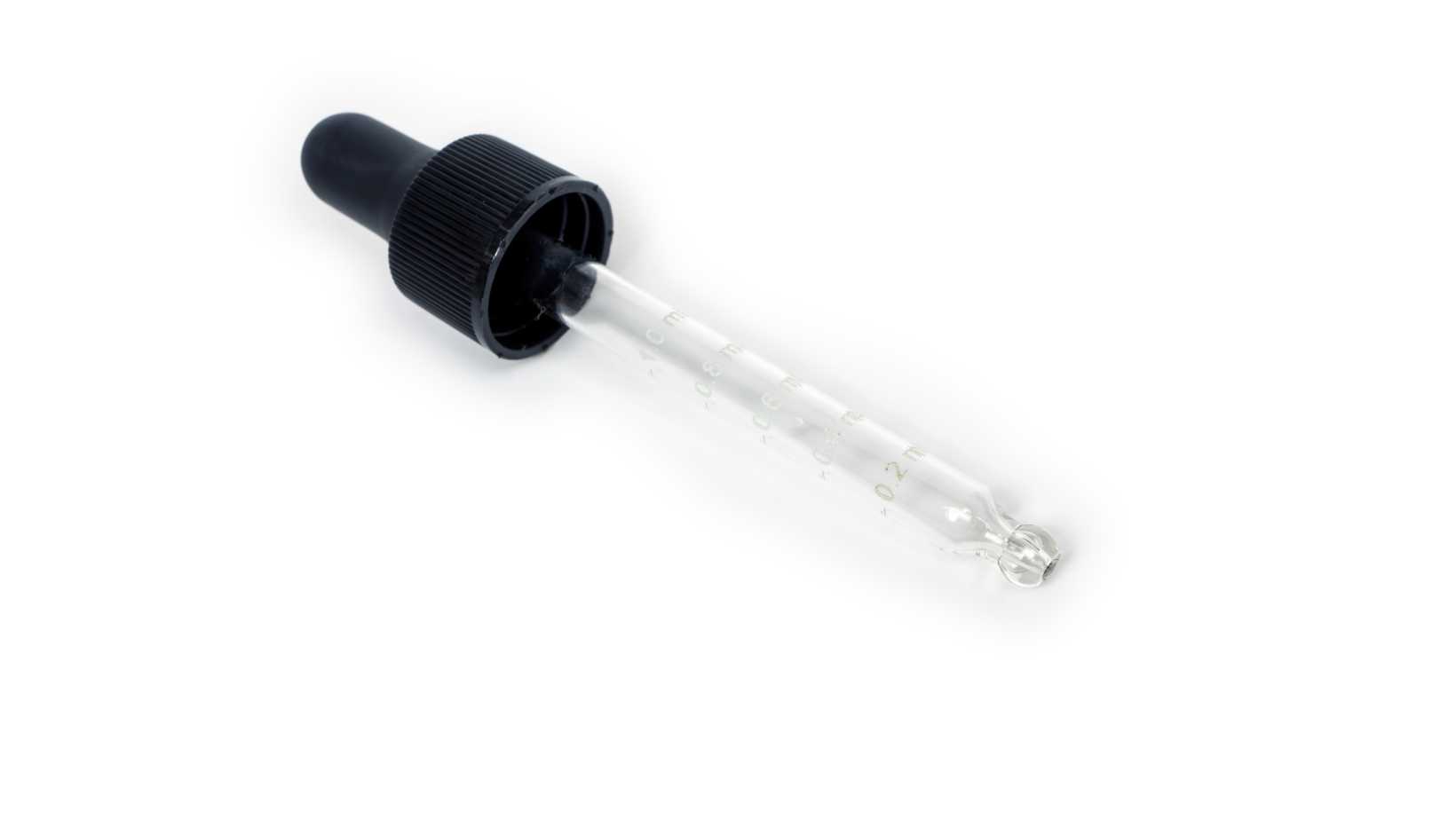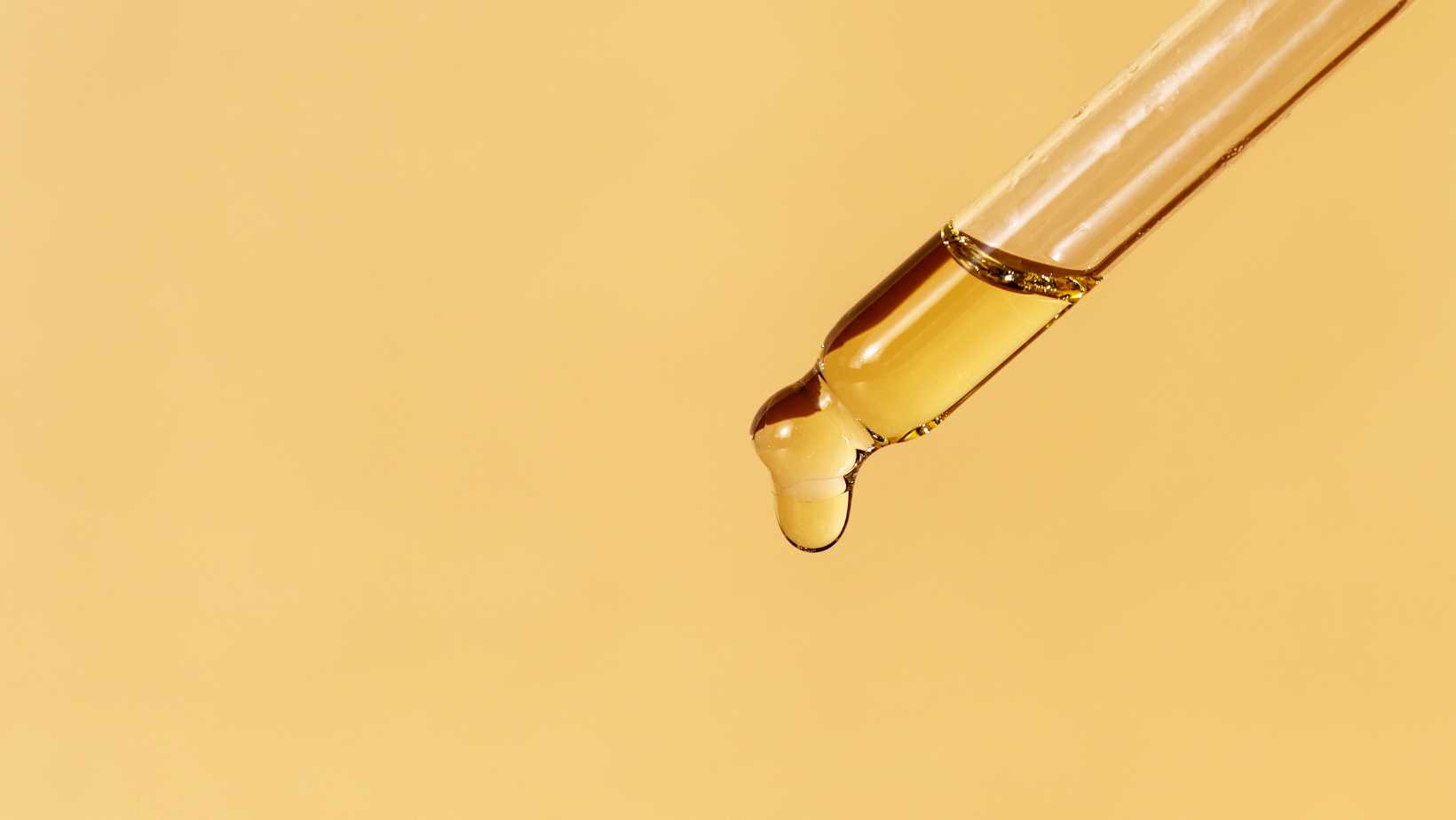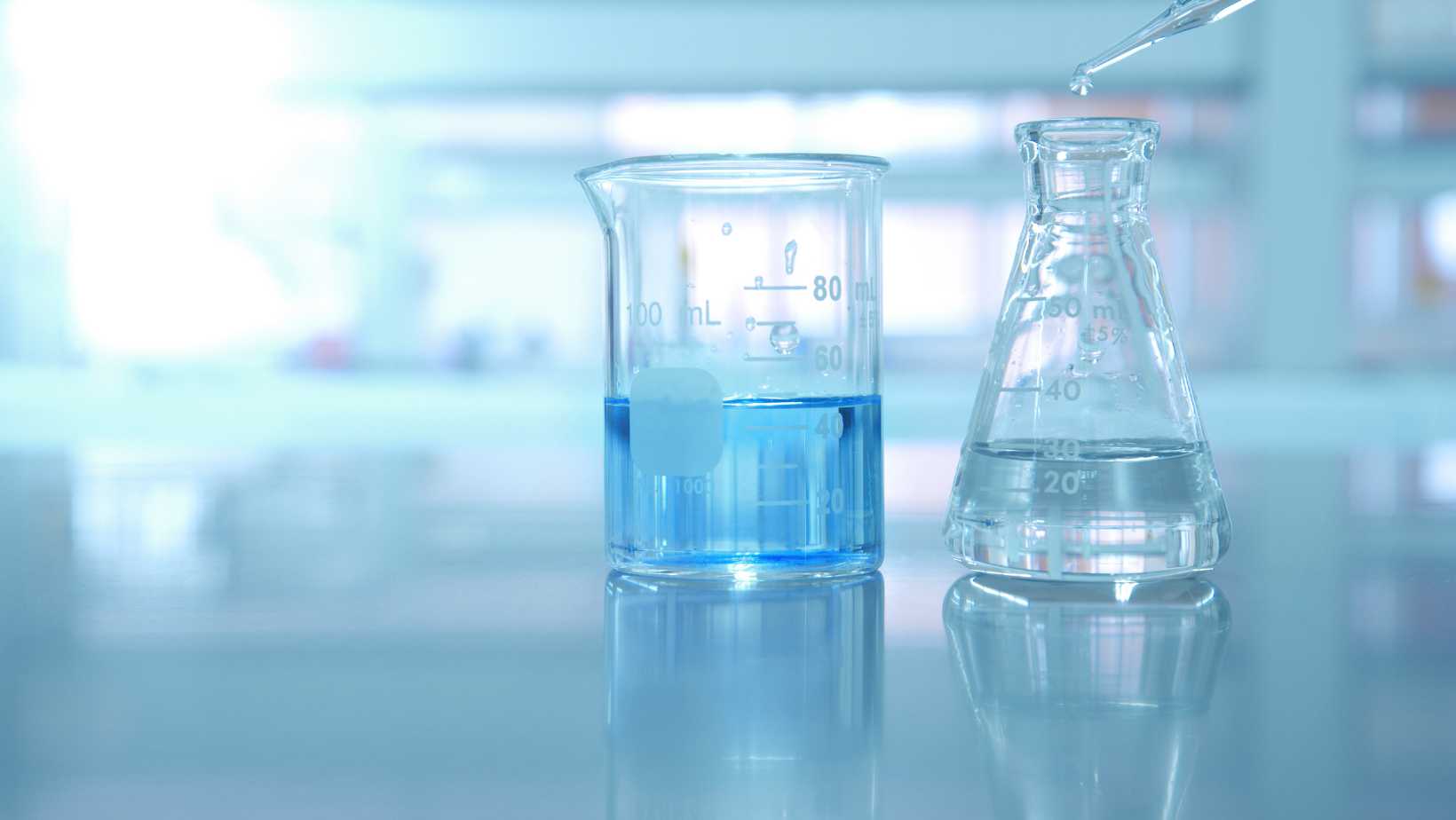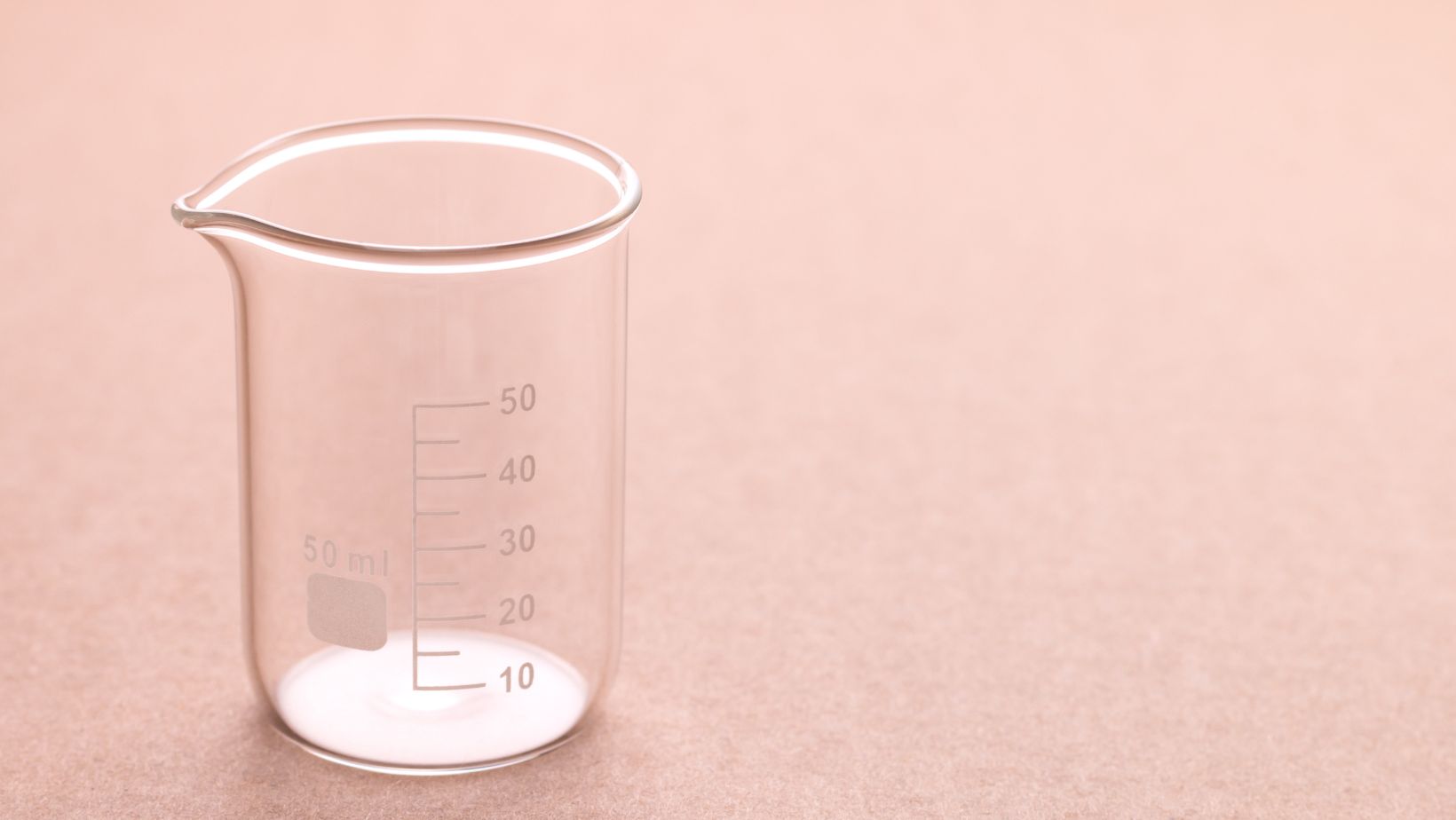Unveiling The Exact Conversion: How Many MG in a ML Dropper

Ever wondered how many milligrams are in a milliliter dropper? It’s a common question for those who rely on precise measurements when administering medication or supplements. Understanding the conversion between milligrams (mg) and milliliters (ml) is crucial to ensure accurate dosing.
To determine the number of milligrams in a milliliter dropper, it depends on the concentration or strength of the substance being measured. Different liquids have different densities, which means that 1 ml of one substance may not necessarily weigh the same as 1 ml of another substance.
For example, if you have a liquid with a concentration of 10 mg/ml, then each milliliter in the dropper will contain 10 milligrams of the active ingredient. If you need to administer a specific dosage, you can use this ratio to measure out the desired amount using the markings on your dropper.
It’s important to note that not all droppers are created equal. Some droppers may have different measurements or volume capacities, so it’s essential to refer to the instructions provided by the manufacturer for accurate dosing information.
How Many MG in a ML Dropper
Converting Milliliters to Milligrams: A Simple Guide
When it comes to understanding the measurements of milliliters (ml) and milligrams (mg), it’s important to grasp the conversion between the two. While both ml and mg are commonly used in medical and pharmaceutical contexts, they represent different units of measurement.
To convert milliliters to milligrams, you need to consider the density or concentration of the substance being measured. Since density can vary depending on the substance, there is no universal conversion factor for all substances. However, if you know the density or concentration of a specific substance, you can use it as a conversion factor.
Let’s say we have a liquid medication with a concentration of 10 mg/ml. To determine how many milligrams are in one milliliter, we simply divide 10 by 1, resulting in 10 mg/ml.
Understanding the Difference between Milliliters and Milligrams
Milliliters (ml) measure volume, while milligrams (mg) measure weight or mass. This fundamental distinction is crucial when dealing with medications or solutions where precise dosing is essential.
Think about it this way: If you were using a dropper to measure liquid medication, such as an oral solution or eye drops, you would typically see markings indicating milliliters on the side of the dropper bottle. These markings help ensure accurate dosing by measuring volume.
Using a Dropper: Measuring ml and mg Accurately
When using a dropper to measure both milliliters and milligrams accurately, it’s crucial to follow the instructions provided with the specific medication or solution. Here are some general guidelines to keep in mind:
- Read the markings: Take note of the markings on the dropper bottle, which indicate volume in milliliters (ml). These markings help you measure liquid precisely.
- Understand concentration: If your medication or solution has a specified concentration (mg/ml), use this information to determine how many milligrams are in each milliliter.
- Check dosing instructions: Pay close attention to dosing instructions provided by your healthcare professional. They will specify the required dosage in either milligrams (mg) or milliliters (ml).
- Use proper technique: When using a dropper, ensure that you hold it upright and squeeze gently for accurate measurement. Avoid tilting or shaking the dropper unnecessarily.

Determining The Capacity of a Dropper
When it comes to accurately measuring liquid medications or supplements, understanding the capacity of a dropper is crucial. Many people wonder how many milligrams (mg) can fit in a milliliter (ml) dropper. Let’s delve into this topic and shed some light on the matter.
- Standard Conversion Rates: To determine the capacity of a dropper, it’s important to know the standard conversion rates for mg and ml. Typically, 1 ml is equal to 1000 mg. This means that a full 1 ml dropper should be able to hold up to 1000 mg of liquid substance.
- Variations in Droppers: However, it’s essential to note that not all droppers are created equal. Different manufacturers may have slight variations in their droppers’ capacity due to factors such as design, material, or intended use.
- Calibration Markings: To ensure accurate dosing, many droppers come with calibration markings on their side that indicate different volumes. These markings help users measure specific quantities based on their needs and dosage instructions.
In conclusion, determining the capacity of a ml dropper involves knowing standard conversion rates and considering any variations among different droppers. Calibration markings and testing methods can be used to ensure accurate dosing. However, it’s important to always follow healthcare guidelines and instructions when administering medications or supplements.
| Conversion Rates |
| 1 ml = 1000 mg |




